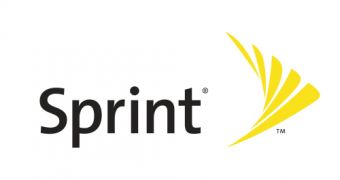Today, wireless services provider Sprint announced the availability of its 4G services in more markets in the United States, with the launch of the network in the San Francisco Bay Area, the place for technological creativity and advancement.
With the new service, customers would benefit from fast mobile downloads, wireless video chat and turbo-charged mobile Web browsing. Compared to the company's existing 3G network, all of these are up to 10 times faster on 4G.
According to the wireless carrier, the services is set to become available at first in this area in San Francisco, San Jose, Palo Alto and Oakland.
However, this is not the only market where Sprint 4G is already available for purchase, as the carrier reached to a number of 71 metropolitans areas across the United States, including Atlanta, Boston, Chicago, Dallas, Los Angeles and New York City.
Those interested in taking advantage of what the Sprint 4G Network can offer should know that they already have various devices at their disposal for fast connectivity options.
Among these devices, we can count the Overdrive 3G/4G Mobile Hotspot, which offers users the possibility to share the 4G connection to a number of up to five WiFi-enabled devices.
Moreover, customers can also benefit from two Android-based smartphones that Sprint has on sale with 4G capabilities on board, namely the HTC EVO 4G, and the Samsung Epic 4G.
Other devices are also there, including the Dell Inspiron Mini 10 (1012) netbook, which offers fast access to Internet, Web browsing and social networking to students, consumers and small businesses.
“The Bay Area is responsible for creating so much new technology and today we are bringing the power of 4G to our customers in that region who are hungry for fast mobile broadband,” said Matt Carter, president-Sprint 4G.
“The introduction of Sprint 4G will be a great asset for this area, and we encourage customers to try it by using one of our well-regarded 4G mobile devices.”
The Sprint 4G services were launched for the first time in October 2008 in Baltimore. Additional info on the coverage can be found on Sprint's website here.

 14 DAY TRIAL //
14 DAY TRIAL //